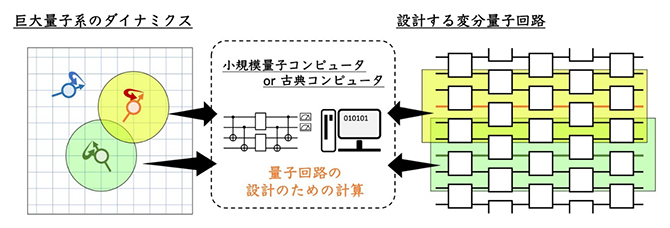食品や医薬品に使用される発泡体やエマルションにおいて、以前の変形に関する記憶の読み取り、書き込み、消去を可能にする新たな研究成果を発表 New study demonstrates how to read, write and erase memory of previous deformation in foams and emulsions used in food and pharmaceuticals
2022-10-05 ペンシルベニア州立大学(PennState)
研究者たちは、不規則に配列された粒子を持つ、無秩序固体と呼ばれるタイプの材料で記憶を研究した。
ガラスのような材料では、材料を慎重に加熱することで、分子をほぐし、より組織的に配列できるようにすることが必要である。加熱ができない材料には、メカニカルアニールというプロセスを用いて、材料を物理的に変形させ、より低いエネルギー状態にする。変形を同じ大きさで何度も繰り返すことで、本質的に変形の記憶を刻むことができ、将来、別の大きさの変形をしたときの反応に微妙な影響を与える。
無秩序固体においてこの記憶が形成される状況を明らかにし、刻み込まれた以前の変形の大きさを決定する方法を示した。
<関連情報>
- https://www.psu.edu/news/eberly-college-science/story/some-everyday-materials-have-memories-and-now-they-can-be-erased/
- https://www.science.org/doi/10.1126/sciadv.abo1614
無秩序固体における機械的アニーリングと記憶 Mechanical annealing and memories in a disordered solid
Nathan C. Keim and Dani Medina
Science Advances Published:5 Oct 2022
DOI: 10.1126/sciadv.abo1614

Abstract
Shearing a disordered or amorphous solid for many cycles with a constant strain amplitude can anneal it, relaxing a sample to a steady state that encodes a memory of that amplitude. This steady state also features a remarkable stability to amplitude variations that allows one to read the memory. Here, we shed light on both annealing and memory by considering how to mechanically anneal a sample to have as little memory content as possible. In experiments, we show that a “ring-down” protocol reaches a comparable steady state but with no discernible memories and minimal structural anisotropy. We introduce a method to characterize the population of rearrangements within a sample and show how it connects with the response to amplitude variation and the size of annealing steps. These techniques can be generalized to other forms of glassy matter and a wide array of disordered solids, especially those that yield by flowing homogeneously.



